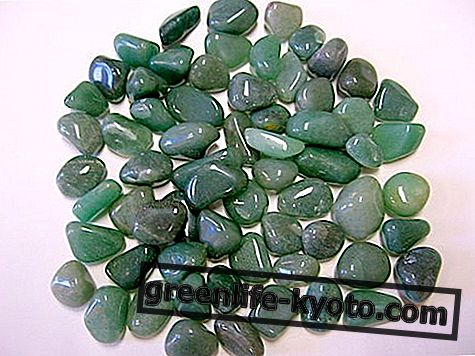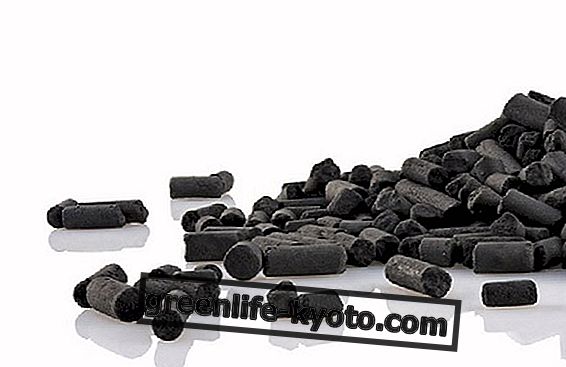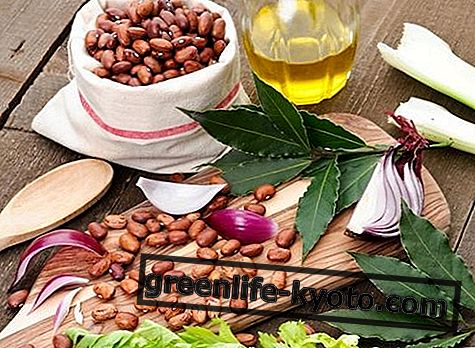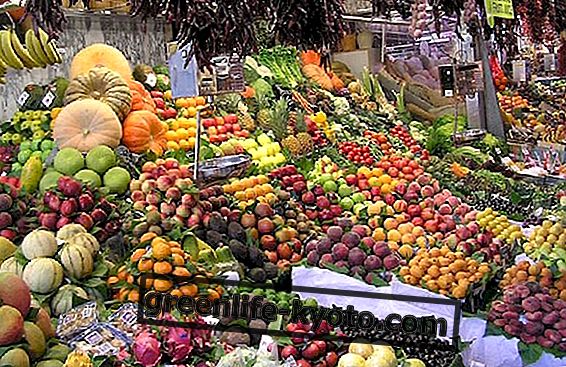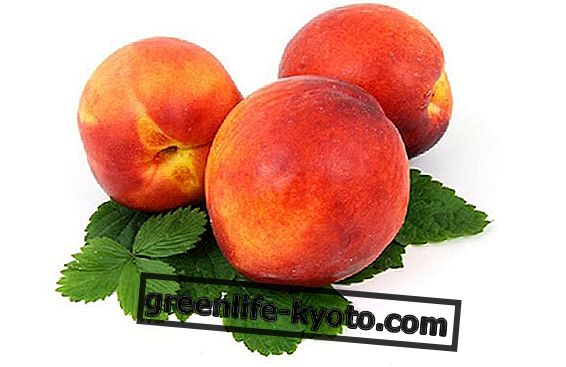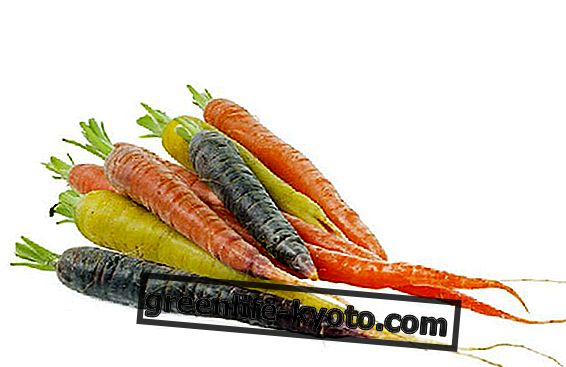
Cereals are a group of about 5000 different species of plants belonging to the Gramineae family . The most well-known plants used for food purposes are wheat (or wheat ), rice, corn (or maize), barley, sorghum, oats, spelled, millet and rye. Other grains are commonly included among cereals, even if they belong to other families, such as the quinoa (delle Chenopodiacee), used in the Andean Paeso of South America, and the buckwheat (of the Poligonaceae).
The main component of cereals is starch (70-75%), which is a complex sugar, followed by proteins, but with percentages that according to the cereal species vary from 7 to 15%. Fats (oils), concentrated in the germ, are modest (18%).
There are also fibers, B vitamins (B1, B2, B3, PP) and mineral salts (potassium, iron, phosphorus and calcium), especially in whole grains . All these nutrients are greatly reduced by refining.
Some cereals contain gluten, a protein aggregate. Wheat is the richest, but rye, barley and oats also contain it. Some people have a gluten intolerance ( celiac disease ). Fonio, on the other hand, is a gluten-free cereal, rich in magnesium, calcium and zinc
The high starch content makes cereals very energetic, while proteins also make them plastic foods, as they help build and maintain the body's structures. However, cereal proteins are not complete, because they lack some essential amino acids that the body cannot produce on its own. To satisfy the need for complete proteins, it is therefore necessary to also consume foods of animal origin (meat, fish, milk and dairy products), which contain all the essential amino acids.
In a vegetarian diet, cereals must be associated with legumes, because together these two food sources provide all the essential amino acids for the body.
The fibrous external components, dark in color and non-digestible by the body, are usually less pleasing, but contain important nutritional factors, and their regular consumption promotes proper intestinal function, helps to lower cholesterol and protects against cancer degeneration.


